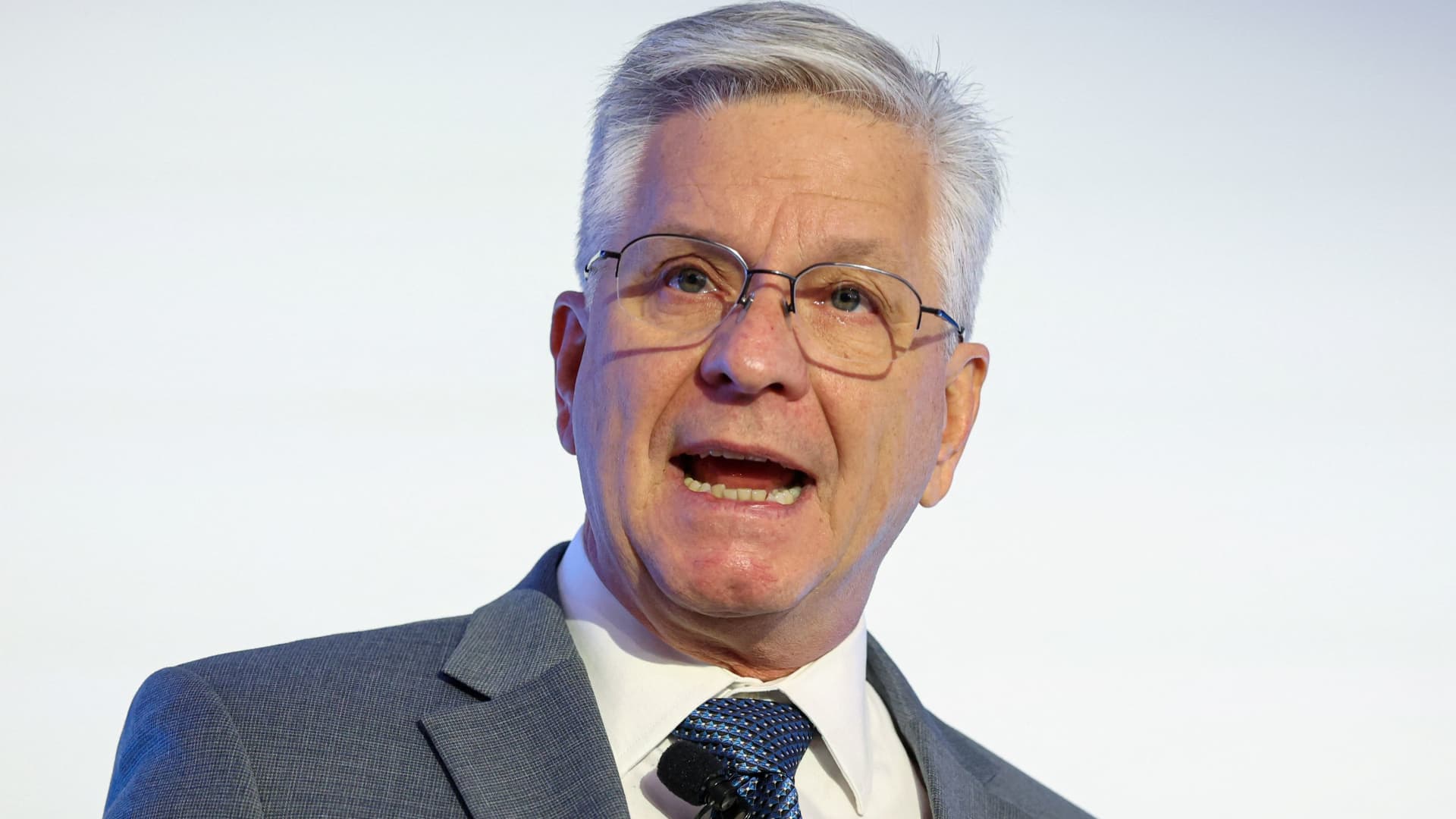A Pivotal Shift in Federal Reserve Policy
The financial world is abuzz with the recent statements from Federal Reserve Governor Christopher Waller, which have dramatically reshaped expectations for monetary policy. What started as a cautious “wait and see” approach has swiftly transitioned into a potential timeline for interest rate cuts, with July emerging as a strong contender. This analysis delves into Waller’s statements, the economic conditions driving this shift, and the broader implications for the economy.
The Rapid Evolution of Waller’s Stance
For an extended period, the Federal Reserve maintained a steady course, keeping interest rates constant while closely monitoring economic indicators. The prevailing sentiment was one of patience, with officials emphasizing the need for further evidence that inflation was sustainably moving towards the 2% target. However, Waller’s recent comments mark a significant departure from this cautious stance.
Initially, the narrative centered around a potential easing of policy “later this year,” as indicated in statements reported by Reuters and Bloomberg. This evolved rapidly. Waller explicitly stated in multiple interviews, notably on CNBC’s “Squawk Box” and in discussions with Bank of Korea Governor Rhee, that a rate cut “as early as July” was on the table. This timeline was repeatedly emphasized across various news sources, including Investing.com, U.S. News, and MSN, solidifying its importance. The speed of this shift is noteworthy, demonstrating a responsiveness to incoming data that was not previously apparent.
Inflation as the Key Driver
The primary catalyst for Waller’s change in perspective is the sustained moderation of inflation. Multiple reports highlight his assessment that inflation is no longer a “major economic threat.” He believes the central bank is “getting closer” to the point where rate cuts are appropriate, contingent on continued positive inflation data. This assessment is crucial, as it suggests Waller is confident that recent disinflationary trends are not merely temporary fluctuations.
Waller also addressed the potential impact of tariffs on inflation. He indicated that he doesn’t anticipate tariffs to significantly boost inflation, allowing policymakers to “look through” any temporary price increases. This is a critical point, as concerns about tariffs had previously been cited as a potential obstacle to rate cuts. His willingness to dismiss this concern as a major impediment further strengthens the case for a July move.
Navigating the Nuances: Tariffs and Economic Slowdown
While optimistic about the overall trajectory, Waller’s statements aren’t without nuance. He acknowledged the possibility of a scenario where large tariffs could slow economic growth and potentially lead to a temporary spike in core PCE inflation. However, he characterized this as “temporary” or “transitory,” suggesting the Fed could still maintain its easing course even in that context. This demonstrates a willingness to prioritize long-term economic health over reacting to short-term inflationary pressures caused by trade policy.
This perspective is particularly significant given the current political climate and the potential for increased trade tensions. Waller’s willingness to “look through” tariff-induced inflation signals a commitment to data-dependent decision-making, rather than being swayed by political pressures.
The Fed’s “Wait and See” Approach – A Transition
Prior to Waller’s statements, the prevailing narrative was that the Fed would maintain a “wait and see” approach, holding rates steady for an extended period. Several reports, including one from Investing.com, indicated a pause that could extend through the summer. However, Waller’s comments suggest this period of observation is nearing its end.
The shift isn’t a complete abandonment of caution. Waller’s emphasis on continued positive inflation data underscores the need for further confirmation before a rate cut is implemented. However, the explicit mention of July as a potential timeframe represents a significant acceleration of the timeline and a clear signal that the Fed is actively preparing for a potential easing of monetary policy.
Market Expectations and the July FOMC Meeting
Waller’s statements have understandably fueled market expectations of a rate cut. The Federal Open Market Committee (FOMC) is scheduled to meet on July 29-30, and the possibility of a rate reduction is now firmly on the agenda. MarketWatch reported that expectations of a rate cut by early summer had begun to fade, but Waller’s comments have revitalized those expectations.
However, it’s important to note that a July cut is not guaranteed. The decision will ultimately depend on the economic data released in the coming weeks, particularly the latest inflation and employment reports. Waller’s statements should be interpreted as a conditional signal, rather than a firm commitment.
The Potential for Multiple Cuts
Beyond July, Waller also hinted at the possibility of multiple rate cuts throughout the year. This suggests that if inflation continues to ease as anticipated, the Fed could embark on a series of easing measures designed to stimulate economic growth. This more aggressive outlook, reported by several sources, contrasts with the earlier expectation of a single, cautious rate cut later in the year.
A Turning Point in Monetary Policy
Christopher Waller’s recent pronouncements represent a pivotal moment in the Federal Reserve’s monetary policy. The shift from a cautious “wait and see” approach to a potential rate cut as early as July reflects a growing confidence that inflation is under control. While acknowledging potential risks, such as the impact of tariffs, Waller has signaled a willingness to prioritize long-term economic health and respond proactively to evolving economic conditions. This change in perspective has injected renewed optimism into the markets and set the stage for a potentially significant easing of monetary policy in the coming months. The July FOMC meeting will be a critical juncture, determining whether Waller’s signals translate into concrete action.

